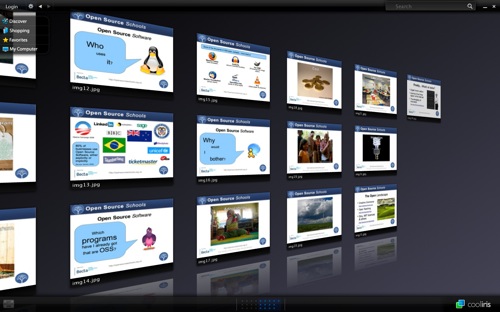Why I’m trying to make myself redundant.
(cc-by-nc-sa Kaptain Kobold @ Flickr)
A week tomorrow The Northumberland Church of England Academy opens its doors to students for the first time. As you’re probably aware by now, my role there is Director of E-Learning. I want to be in a position within three years whereby I’ve made myself redundant.
I’ve had the same conversation with a number of people. It usually centres around two basic questions:
- What will you be doing as Director of E-Learning?
- What’s the next step after this position?
The answer to the first should be easy, but it’s not. Whilst I’ve got a job description, things aren’t always as cut-and-dried as they appear on paper – as I’ve found out already! It’s also been written by someone who’s not an expert in the field, and therefore should be seen as a starting point to an evolving role. In the main, however, my priorities remain those I set out in my interview presentation:
- Attendance – providing for ‘anytime, anywhere’ learning.
- Behaviour – ensuring accurate and up-to-date information flows freely between relevant parties to enable Academy spaces to be conducive to learning.
- Communication – allowing for every member of the Academy to be (potentially) accessible both synchronously and asynchronously at any time.
- Design – promoting best practices, workflows and – of course – Open Source Software.
- Engagement – making staff aware of the latest and greatest, as well as how older technologies can be fused with new ones in a pedagogically-sound way.
If I do my job properly, I should be akin to a Sherpa, guiding and leading the way for Academy staff and students. Communication is my main priority in the first instance, with Google Apps Education Edition and our Frog Learning Platform being the focus. Once these are being used adequately, the second stage is to promote best practices. In this respect, it’s all about the heuristics – something I’ve blogged about before.
The final stage is to ensure technologies are being used to engage students. You’d think I’d start there, wouldn’t you? But I reckon by getting staff enthusiastic about the tools I’m helping provide, this will rub off on the students and lead to engagement in any case. I’m of the opinion that we’re talking less than 5% of staff who will really need their hands holding. Peer learning and time-saving elements become valuable when you’ve got 400 members of staff to get around…
So in the meeting I’ve got next Wednesday where I’m to outline my vision for E-Learning at the Academy to the Teaching & Learning group, the above is pretty much what I’m going to say. I want to be redundant within three years. I want a culture of experimentation, collaboration and blending to take such hold that they don’t need a ‘Director of E-Learning’ any more. I see the role as being akin to that of the DVD recorder: it was a necessary step between VHS recorders and hard-disk based PVRs (like Sky+) but that’s all. I’d like to see aspects of the Director of E-Learning role to merge with those of the Director of Teaching & Learning and Director of Operations.
We come back, then, to the second question I’ve been asked several times – what will I do after this position? What will happen if I’m successful in making myself redundant? My answer: I don’t know. This position didn’t exist three years ago!
Are you trying to make yourself redundant? How/why? :-p



 I spent today down in London with some great educators and those involved in the Open Source community. We were part of an advisory group for a
I spent today down in London with some great educators and those involved in the Open Source community. We were part of an advisory group for a ![Reblog this post [with Zemanta]](http://img.zemanta.com/reblog_e.png?x-id=5d428918-5404-4ea4-8909-a440e20b4936)